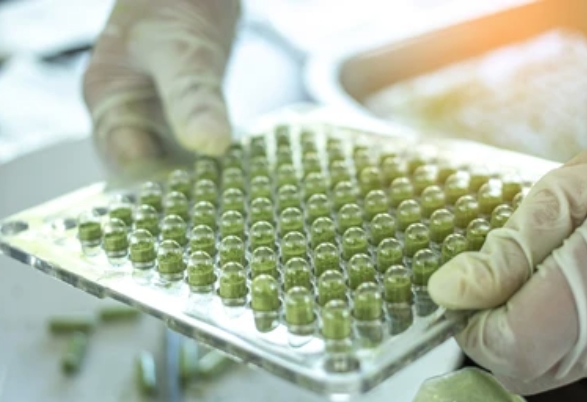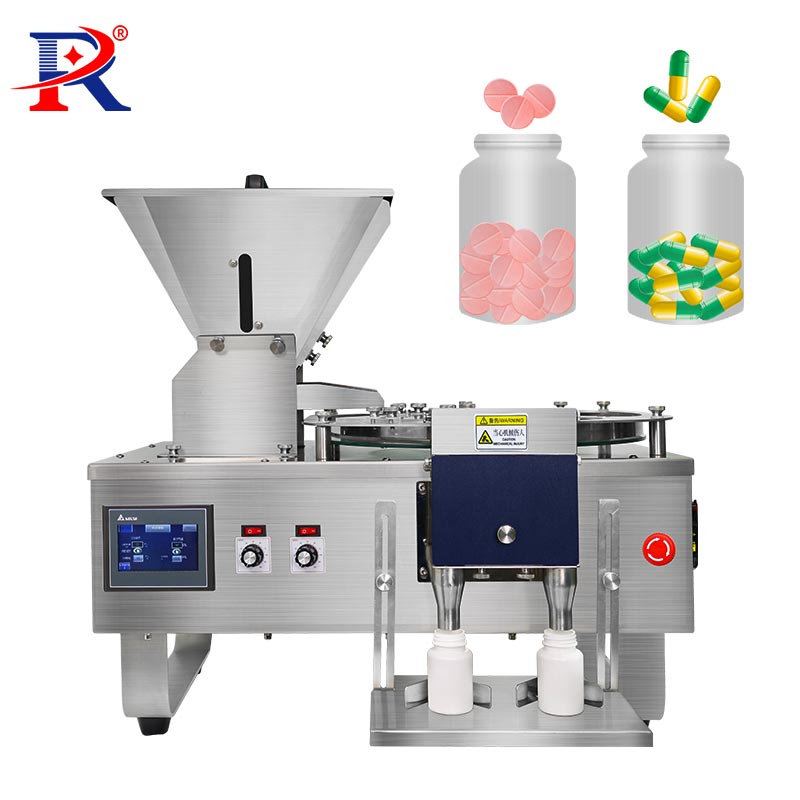
Tablet press machines play a critical role in the pharmaceutical industry. These machines are used to compress powdered or granulated materials into tablet form, which makes them easier to handle, package, and administer to patients.
In this article, we will provide a comprehensive guide to tablet press machines, including a description of the different types, components of a tablet press machine, tablet press machine process and maintenance. We’ll also discuss some of the key factors to consider when selecting a tablet press machine for your pharmaceutical manufacturing needs.
Types of Tablet Press Machines
There are two main types of tablet press machines: Single Punch Tablet Press and Rotary Tablet Press. These two types of medicine packing machines have its unique features.
| Type of Tablet Press Machine | Application | Advantages | Disadvantages |
| Single-Punch Machine | Suitable for small production runs, simplified tablet types | Simple operation, less expensive, easy to clean | Slower production rate, unsuitable for large-scale production |
| Rotary Machine | Suitable for high-volume production, complex tablet shapes | High production rate, suitable for complex shapes | More expensive, complex operation, challenging to clean |
Single Punch Tablet Press
Single Punch Tablet Press is used for lab-scale or small scale production. The machine is simple in design and can manufacture tablets of various sizes and shapes. This type of machine is capable of producing a few hundred tablets per hour, making it ideal for small-scale production. Single punch tablet press machines are commonly used in the research and development of new drugs.
Rotary Tablet Press
Rotary Tablet Press is used for high-volume production. This machine can produce thousands of tablets per hour, making it ideal for large-scale manufacturing. The machine is complex and has multiple stations, including filling, compression, and ejection stations. The machine is capable of manufacturing tablets of different shapes and sizes with high precision.
Other Common Types of Medicine Packing Machine
In the pharmaceutical industry, there are various types of machines used to produce medicines that meet strict quality and safety standards. Capsule filling machines, tablet press machines, and blister packing machines are some of the most commonly used machines in pharmaceutical manufacturing. These machines are used to accurately measure, package, and label medicines in various forms such as tablets, capsules, and pills.
Moreover, automatic counting machines can count large quantities of tablets and capsules accurately and efficiently. Pharmaceutical cartoning machines, on the other hand, are used to pack pre-packaged medicines into cartons. Overall, these machines play a crucial role in the pharmaceutical industry by ensuring the accuracy, safety, and efficiency of medication production.
Comparison of the Two types
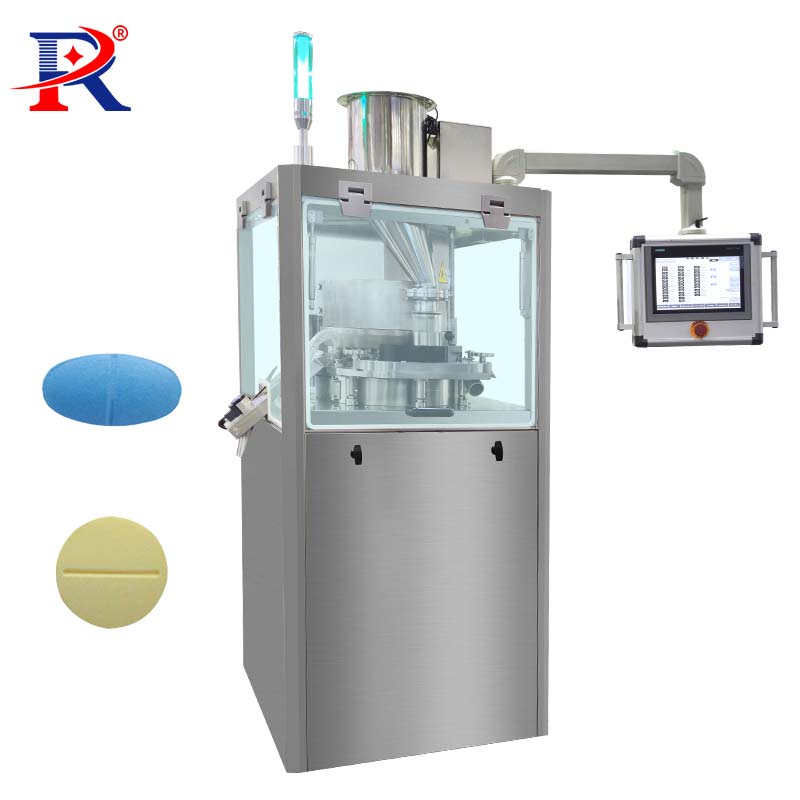
Single Punch Tablet Press machines are simple in design and suitable for small-scale production, whereas Rotary Tablet Press machines are complex and suitable for large-scale manufacturing.
Advantages and disadvantages of each type
Single Punch Tablet Press machines have a low cost of production and are versatile in terms of the size and shape of tablets they can produce. However, they have a low production output and are primarily suited for small-batch production.
Rotary Tablet Press machines have a high production output and are capable of producing large quantities of tablets with consistent quality. However, they are more expensive than Single Punch Tablet Press machines and require more floor space.
Components of a Tablet Press Machine
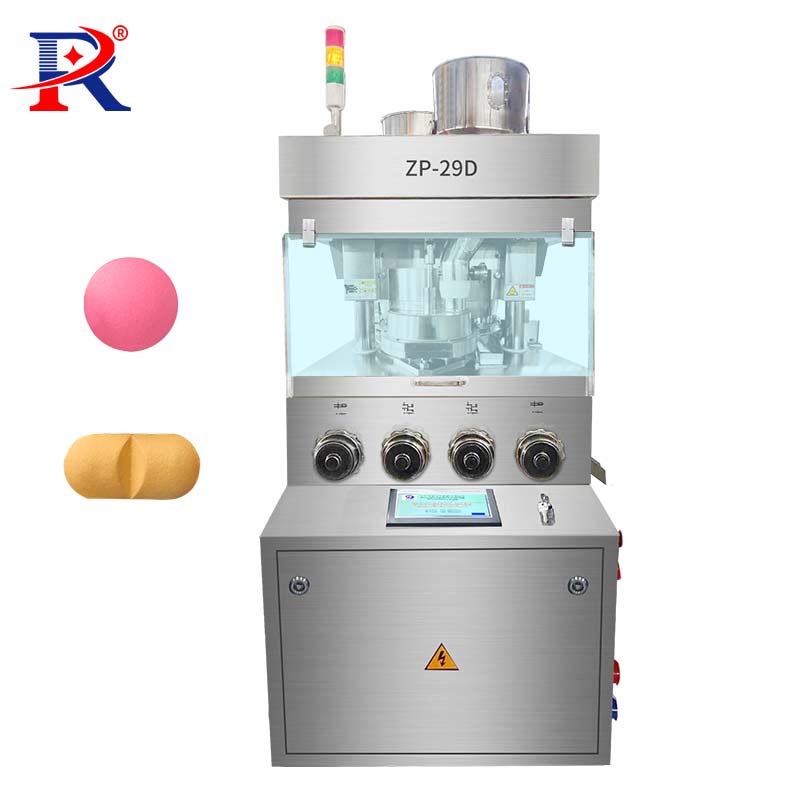
A tablet press machine consists of several components that work together to compress powdered or granulated materials into tablet form. These components include:
A. Hopper and Feeding System
The hopper and feeding system is responsible for delivering the raw material to the die system. The hopper receives the raw material and feeds it to the die cavity. Proper design and operation of the hopper and feeding system are critical in ensuring consistent tablet weight and quality.
B. Die System
The die system is responsible for shaping the tablet. It is made up of upper and lower punches, a punch guide, and a die disc. The material is fed into the die cavity, and the upper punch compresses the material into a tablet shape. The die system must be designed to produce tablets of the desired size, shape, and quality.
C. Compression System
The compression system is responsible for compressing the material into tablet form. This system includes the main compression rollers and auxiliary compression rollers. The proper design and operation of the compression system are essential to ensure consistent tablet weight and quality.
D. Control System
The control system is responsible for controlling various aspects of the tablet press machine, such as the speed of the machine, tablet weight, and tablet quality. The control system can be manual or automated, depending on the machine’s design and application.
Tablet Press Machine Process
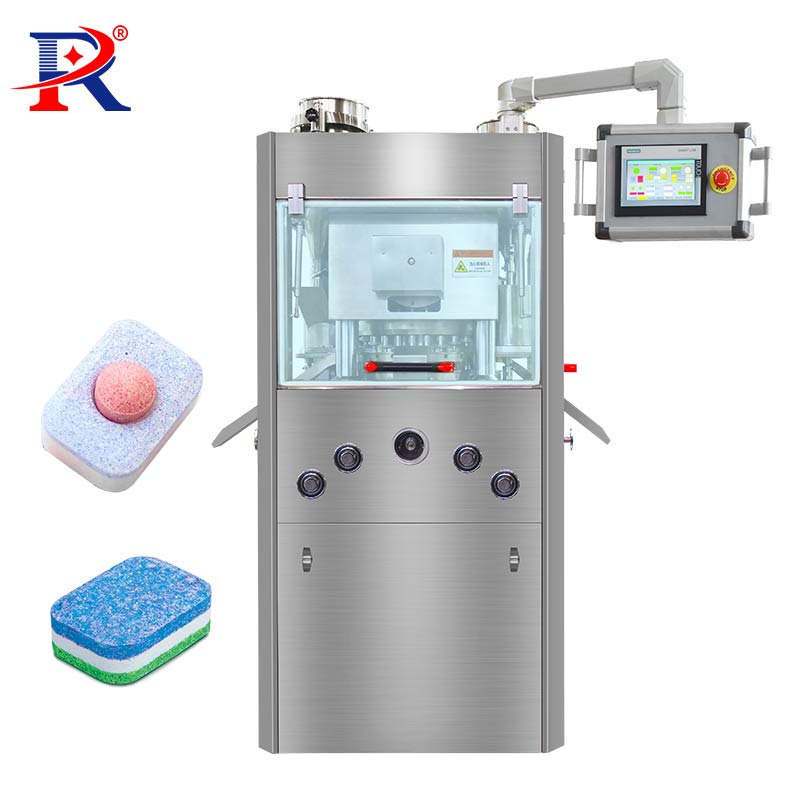
The tablet press machine process is a critical part of the pharmaceutical manufacturing process. The process involves several stages that work together to produce high-quality tablets. These stages include:
The First Stage: Mixing
The first stage is mixing, where the raw materials are blended to achieve a homogenous mixture. This stage is critical in ensuring that the tablets have a consistent dose and quality.
The Second Stage: Granulation
The second stage is granulation, where the blended material is converted into granules. Granulation is necessary to improve the flowability of the material, which ensures proper filling of the die cavity.
The Third Stage: Compression
The third stage is compression, where the granules are compressed into a tablet shape. The compression stage takes place in the die system and involves the use of compression rollers to ensure that the tablets have a consistent weight and quality.
Tablet Press Machine Maintenance
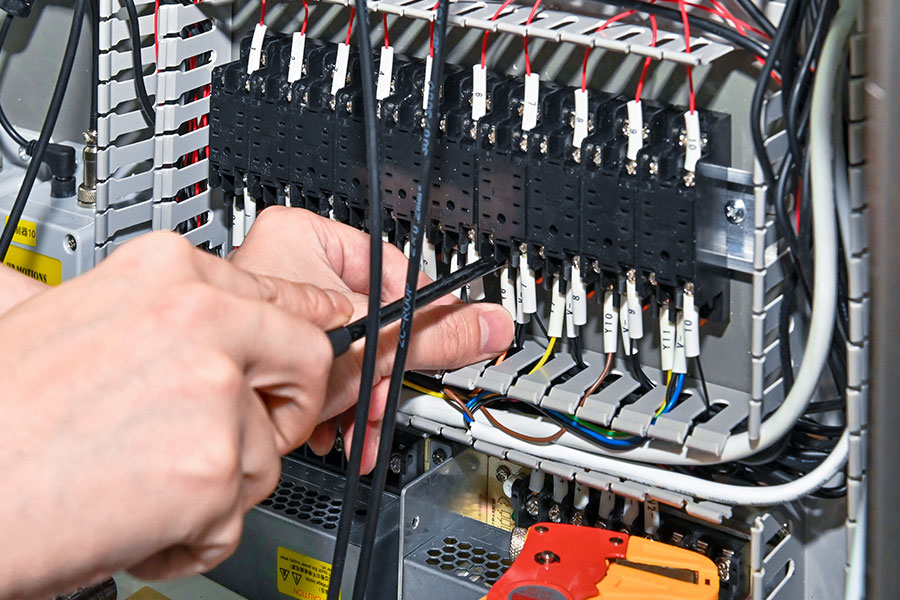
Tablet press machines are a significant investment, and regular maintenance is essential to ensure optimal performance, minimize downtime, and extend the machine’s life. Proper maintenance can also help to prevent breakdowns and ensure the production of high-quality tablets.
Common Maintenance to Ensure Machine Longevity
Some common maintenance tasks that should be performed regularly to ensure tablet press machine longevity include:
- Cleaning the machine regularly to remove any material buildup, lubricating the machine, and protecting its components from rust and corrosion.
- Checking the machine belts, bearings, and other mechanical parts regularly and replacing any worn or damaged parts.
- Performing regular calibration of the sensors and other measuring devices to ensure accurate and consistent tablet sizes and weights.
- Regularly inspecting the machine for signs of wear and tear, such as loose bolts, cracks, and leaks.
Tips for Maintaining Cleanliness and Minimizing Downtime
Keeping the tablet press machine clean and well-maintained is critical to ensuring continued optimal performance and minimizing downtime. Some tips for ensuring machine cleanliness and minimizing downtime include:
- Formulating a cleaning regimen that includes daily, weekly, and monthly cleaning tasks.
- Utilizing specialized equipment designed to handle the unique challenges posed by tablet press machines, such as cleaning brushes, air guns, and vacuum cleaners.
- Regularly inspecting the machine for signs of wear and tear and addressing any issues promptly to prevent further damage that could lead to costly repairs or extended downtime.
In summary, regular maintenance is essential to maximize the performance and extend the life of a tablet press machine. By performing regular maintenance tasks, keeping the machine clean, and addressing any issues promptly, manufacturers can minimize downtime, reduce the risk of breakdowns, and ensure the production of high-quality tablets.
Conclusion
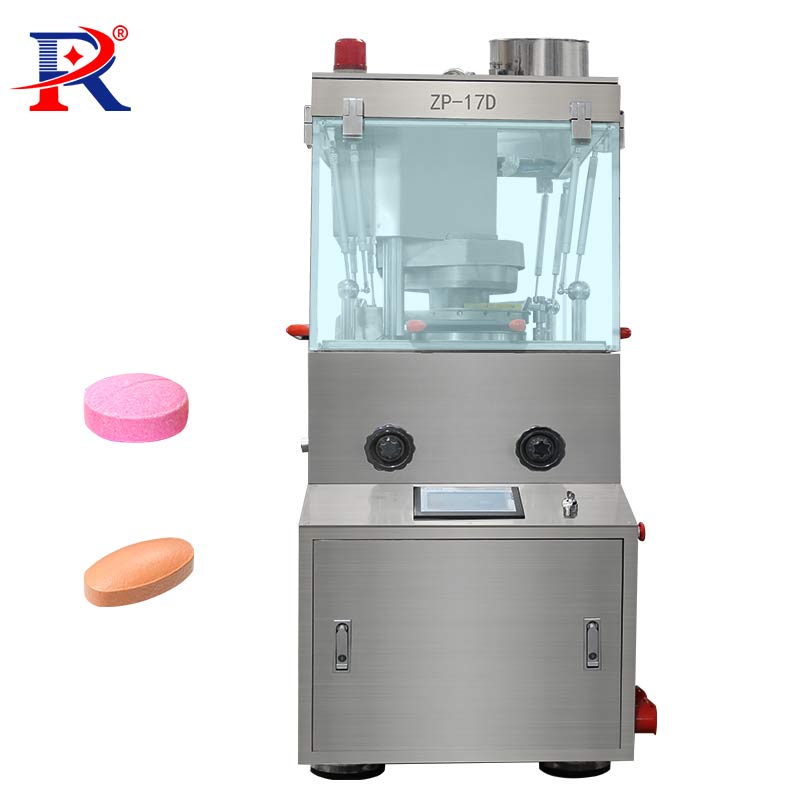
In conclusion, tablet press machines play a vital role in the pharmaceutical industry, as they are used to compress powdered or granulated materials into tablet form, making it easier to handle, package, and administer to patients. Besides, the proper selection and safe operation of tablet press machines are essential to ensure efficient and safe pharmaceutical manufacturing processes.
